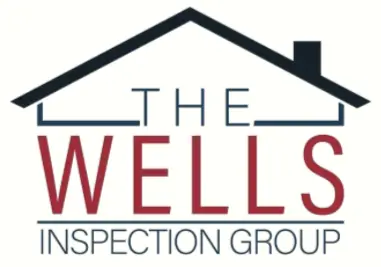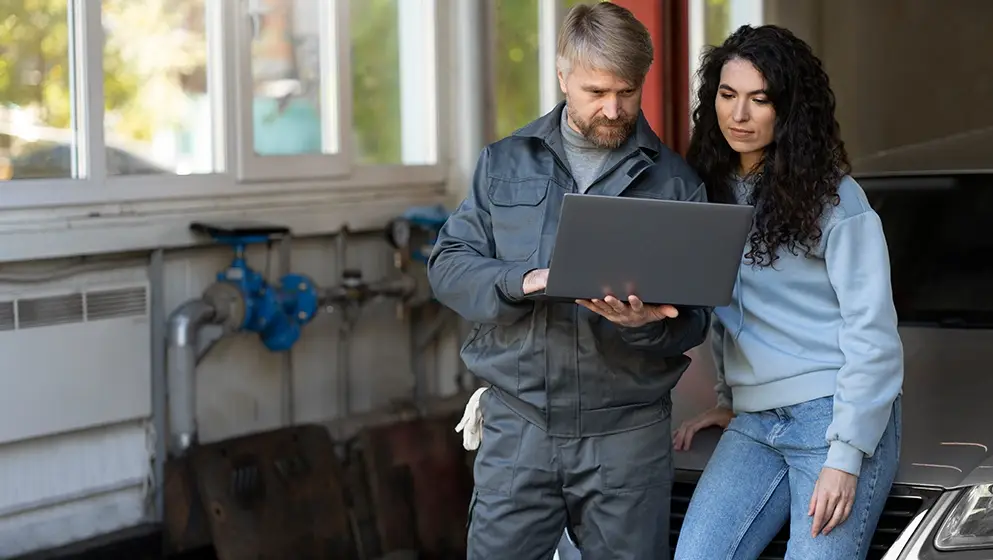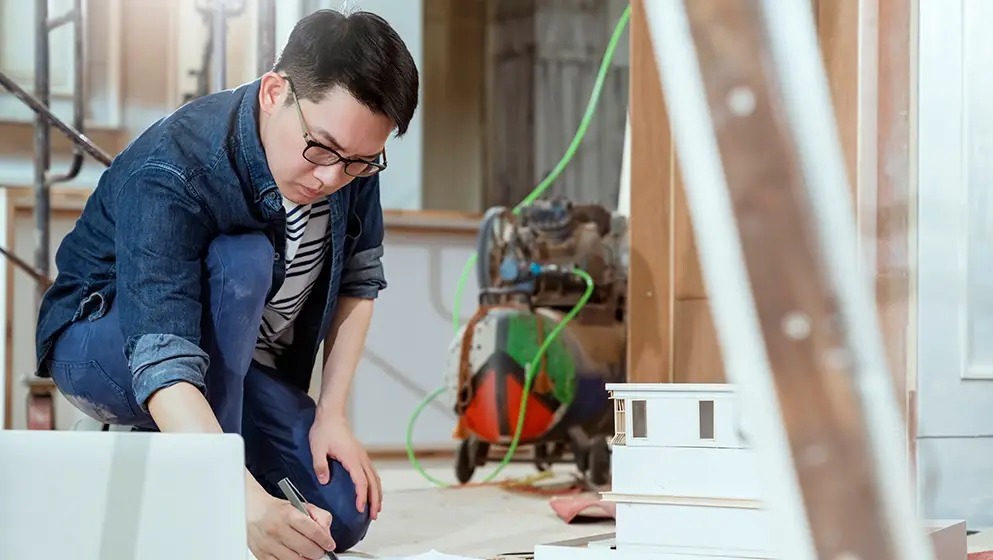Home inspections are an essential part of the home-buying process, providing potential buyers with a comprehensive assessment of the property’s condition. However, despite their importance, certain areas of a home are often overlooked during inspections. This article aims to shed light on these commonly overlooked areas, offering valuable insights to both homebuyers and home inspectors.
By focusing on objective and impersonal analysis, this article will provide an informative and detailed exploration of the subject matter.
The article will begin by examining exterior drainage systems, highlighting their significance in preventing water damage and structural issues.
It will then delve into attic and roof insulation, discussing their impact on energy efficiency and overall comfort.
Furthermore, the article will address electrical wiring and panels, emphasizing the importance of thorough inspection to ensure safety and compliance.
Additionally, it will explore chimneys and fireplaces, underscoring the potential hazards associated with their neglect.
Finally, the article will touch upon foundation and basement issues, highlighting their impact on the structural integrity of a home.
Overall, this article aims to raise awareness and promote a more comprehensive approach to home inspections.
Exterior Drainage Systems
Exterior drainage systems, although often overlooked, play a crucial role in safeguarding a home’s foundation by efficiently diverting water away from the property, thus preventing potential structural damage. Proper landscaping and grading are essential components of an effective exterior drainage system.
Landscaping should be designed to slope away from the foundation, ensuring that water flows away from the home rather than pooling around it. Along with proper landscaping, gutters and downspouts also play a vital role in directing water away from the foundation. It is important to regularly inspect and maintain gutters and downspouts to ensure they are free from debris and functioning properly. Clogged gutters can lead to overflowing water, which can then seep into the foundation and cause damage.
Furthermore, gutters and downspouts should be positioned to direct water at least six feet away from the foundation. This prevents water from pooling near the home and infiltrating the soil, which can lead to foundation cracks and structural issues. Neglecting the maintenance and functionality of exterior drainage systems can result in significant damage and costly repairs.
Transitioning to the subsequent section on attic and roof insulation, it is important to note that a well-maintained exterior drainage system is just one aspect of a comprehensive home inspection.
Attic and Roof Insulation
Roof insulation and attic insulation are often neglected aspects of housing inspections, yet they play a crucial role in maintaining energy efficiency and preventing heat loss. Proper insulation in the attic and roof can significantly impact the overall comfort of a home and reduce energy consumption.
Attic insulation helps to create a barrier that prevents warm air from escaping during the winter and hot air from entering during the summer. This is particularly important as heat tends to rise, and without adequate insulation, it can escape through the roof.
Roof insulation, on the other hand, helps to regulate the temperature inside the attic by preventing heat transfer from the roof to the living space below.
In addition to insulation, it is also important to consider ventilation systems in the attic. Proper ventilation allows for the exchange of air, preventing moisture buildup and reducing the risk of mold growth. It also helps to regulate the temperature inside the attic, which can have a significant impact on the energy efficiency of the entire home.
Moving on to the next section on electrical wiring and panels, it is essential to inspect these components thoroughly to ensure the safety and functionality of the home.
Electrical Wiring and Panels
Electrical wiring and panels are fundamental components of a home’s infrastructure, requiring thorough inspection to ensure their safety and functionality. During a home inspection, it is crucial to pay close attention to the electrical system, as it can pose significant safety hazards if not properly maintained.
One common issue that is often overlooked is outdated wiring systems. Older homes may still have knob-and-tube or aluminum wiring, which are outdated and can increase the risk of electrical fires. These types of wiring systems should be carefully inspected for any signs of wear, damage, or improper connections.
Furthermore, it is important to examine the electrical panels to ensure they are up to code and functioning correctly. Overloaded or undersized panels can lead to circuit breakers tripping frequently or even electrical fires. Additionally, outdated panels may lack proper grounding, which can increase the risk of electrical shock. Inspecting the panels for any signs of corrosion, overheating, or loose connections is vital to identify potential safety hazards.
In conclusion, a comprehensive home inspection should thoroughly evaluate the electrical wiring and panels to identify any electrical safety hazards or outdated systems. By addressing these issues, homeowners can ensure the safety and functionality of their electrical system.
Transitioning into the subsequent section about chimneys and fireplaces, it is important to examine these areas for potential fire hazards as well.
Chimneys and Fireplaces
Chimneys and fireplaces should be carefully inspected for potential fire hazards, ensuring that they are structurally sound and free from blockages or creosote buildup. Regular maintenance and cleaning are crucial to prevent the risk of chimney fires.
One of the common issues with chimneys is the accumulation of creosote, a highly flammable substance that builds up over time. Creosote can ignite and cause a chimney fire if not removed regularly.
Additionally, blockages such as bird nests or debris can obstruct the proper functioning of the chimney, leading to poor ventilation and potential carbon monoxide buildup.
It is important to check for any cracks or damages in the chimney structure that may compromise its stability and pose a safety risk.
Regular inspection and maintenance tips include hiring a professional chimney sweep to clean the chimney annually, using a fireplace screen to prevent sparks from igniting surrounding materials, and ensuring proper airflow by keeping the damper open during use.
With these precautions in mind, we can now transition to the subsequent section about the foundation and basement, where potential issues related to structural integrity and moisture control should be addressed.
Foundation and Basement
The foundation and basement of a home play a crucial role in maintaining the structural integrity and moisture control of the building. When it comes to home inspections, these areas are commonly overlooked, yet they are essential for ensuring the overall stability and durability of the property.
During a home inspection, it is important to assess the foundation for any signs of damage or deterioration. This includes cracks, bulges, or uneven settling, which could indicate underlying structural issues. Additionally, the inspector should check for proper drainage systems to prevent water accumulation around the foundation, as excess moisture can lead to foundation damage and basement flooding.
In terms of the basement, a thorough inspection should evaluate its waterproofing techniques. This may involve checking for proper sealing of walls and floors, as well as the presence of an effective drainage system to redirect water away from the foundation. Any signs of water intrusion, such as dampness or mold growth, should also be noted.
Overall, a comprehensive assessment of the foundation and basement is crucial to ensure the structural stability and moisture control of a home. By identifying any potential issues early on, homeowners can take the necessary steps to address them and prevent costly repairs in the future.
Conclusion
In conclusion, it is crucial to pay attention to commonly overlooked areas during a home inspection in order to ensure the overall safety and functionality of a property.
Exterior drainage systems should be thoroughly checked to prevent water damage and foundation issues.
Adequate attic and roof insulation is essential for energy efficiency and preventing heat loss.
Electrical wiring and panels should be inspected for potential hazards.
Chimneys and fireplaces should be evaluated for proper ventilation and structural integrity.
Lastly, the foundation and basement should be examined for any signs of cracks or water leakage.
By addressing these areas, homeowners can mitigate potential problems and maintain a well-maintained home.





